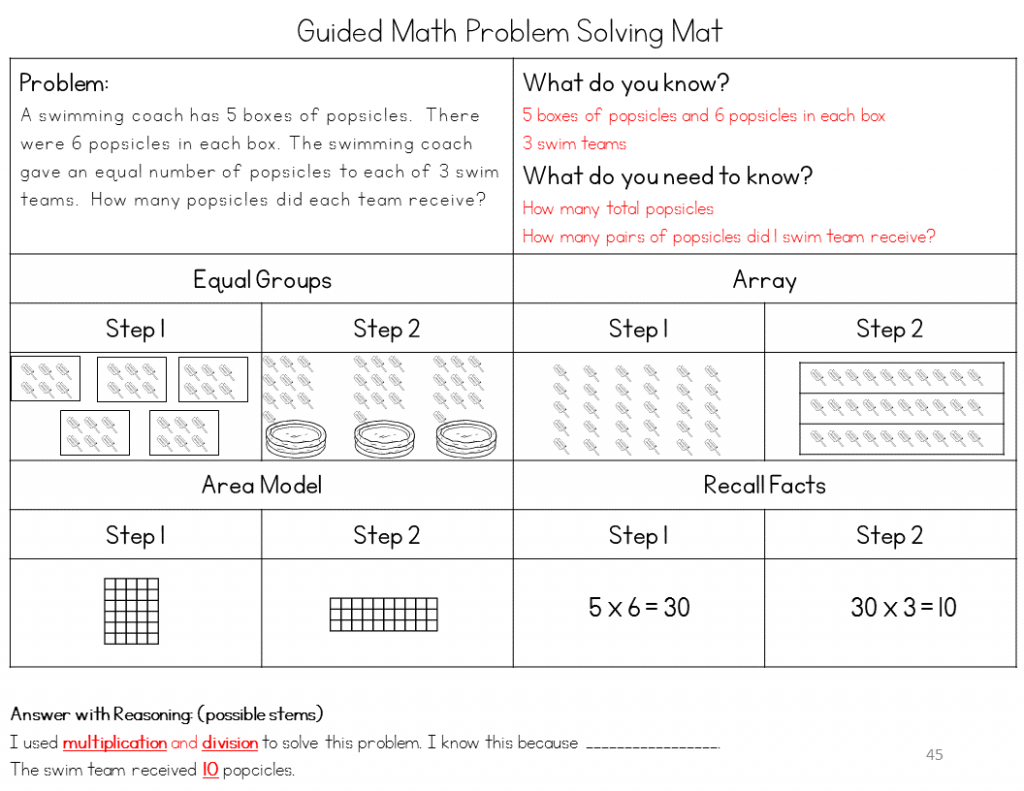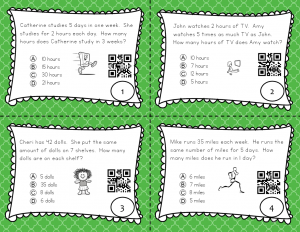"What do I do with the other kids?" said the teacher. "Stations or independent work." replied the instructional coach. "What do I put in the stations?" asked the teacher. "Engaging, rigorous and differentiated materials of course!" answered the coach. "Where do I get these materials?" asked the teacher. "Um, well, what do you have in your room?" the coach said as she wiped sweat off her brow. The coach knows there isn't anything in the room or in the materials that come with the text book that meet the criteria of engaging, rigorous and differentiated. I have had this conversation with teachers many, many times! I felt helpless. So did the teacher.
Teachers don't have time to write new math problems in 3 different levels for 5 different stations every week. They don't have time to copy, cut, laminate, cut again and find storage for all of the materials. They don't have time to hunt manipulatives and make sure they are all still there every day. The also do not have the time and energy to proof every single item that is in the station to make sure it meets the rigor from the state.
This is how the idea of the Math Station Board grew. We needed something that was easy to store and set up fast. No laminating- or very little laminating! It also needed to last the week and be predictable each week so we didn't spend valuable minutes explaining the stations every week. The students needed to be able to put the information in their notebooks or INB's so we wouldn't have tons of papers to deal with.
After designing the boards, I started writing the units. Each unit pack has activities for all 5 stations! Check out Unit 1 for your grade level!
The instructions to build the boards are below:
Materials:
3 Project Display Boards cut in half
Command hooks:
36 Mini clear and 10 medium white
21 Sheet protectors
Colored Paper for printing signs
Spray adhesive
Finished Product: (Steps Below)
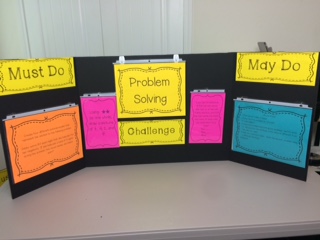
Step 1:
Cut the project boards in half.
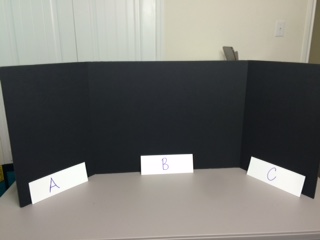
Step 2:
Using a sheet protector as a guide, position command hooks in the center of Section B.
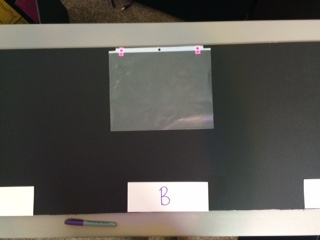
Step 3:
Use spray adhesive to glue the Must Do, May Do and Challenge labels to the board.
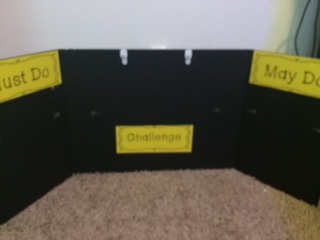
Step 4:
Repeat this process with all 5 boards.
Each station is slightly different, so the small clear hooks are positioned in different places. Follow the directions for each station board.
Individual Boards:
Math by Myself:
Cut 2 sheet protectors in half. Tape one side of the halves to create a pockets.
Section A:
Put a whole sheet protector on the bottom of section A. (This sheet is for Today’s Assignment.) Attach hooks.
Put a 1/2 sheet above the whole sheet for task cards. Punch holes in the top of the 1/2 sheet and attach hooks.
Section B
Put the two half sheets on either side of the title and challenge labels. Attach hooks.
Section C
Put a whole sheet protector on the bottom of section C. Attach hooks.
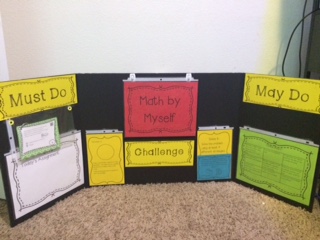
Math in Writing:
Cut 1 sheet protector in half. Tape one side of the halves to create a pockets.
Section A:
Put a whole sheet protector on the bottom of section A. Attach hooks.
Section B
Put the two half sheets on either side of the title and challenge labels. Attach hooks.
Section C
Put a whole sheet protector on the bottom of section C. Attach hooks.
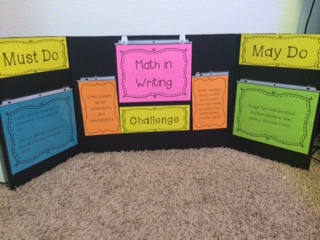
Problem Solving:
Cut 1 sheet protector in half. Tape one side of the halves to create a pockets.
Section A:
Put a whole sheet protector on the bottom of section A. Attach hooks.
Section B
Put the two half sheets on either side of the title and challenge labels. Attach hooks.
Section C
Put a whole sheet protector on the bottom of section C. Attach hooks.

Math with Someone:
Section A:
Put a whole sheet protector on the bottom of section A. Attach hooks.
Section B
Put the two half sheets on either side of the title and challenge labels. Attach hooks.
Section C
Add a basket below challenge for task cards or puzzle games.
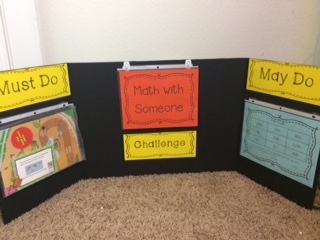
Fact Fluency:
6 Games are on this board- 2 in each section
Cut 3 sheet protectors in half. Tape one side of the halves to create a pockets.
Section A:
Put 2 1/2 sheet protectors on the bottom of section A. Put a command hook above each sheet protector for a game label. The labels are 1$ sheets. Attach hooks.
Section B
Put the two half sheets on either side of the title and challenge labels. Attach hooks. Put a command hook above each sheet protector for a game label. The labels are 1/4 sheets. Attach hooks.
Section C
Put 2 1/2 sheet protectors on the bottom of section A. Put a command hook above each sheet protector for a game label. The labels are 1$ sheets. Attach hooks.
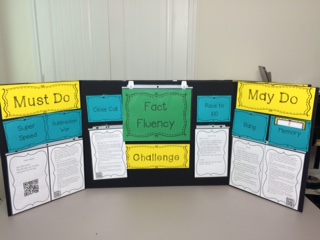
This year, I plan to be prepared for the question, "What do I put in the stations?"!
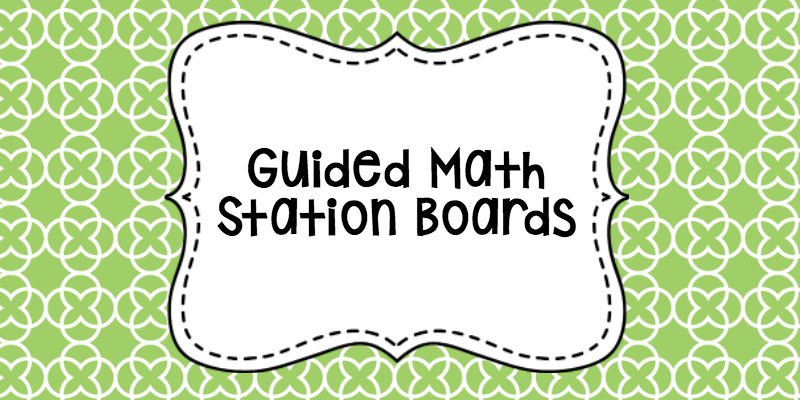

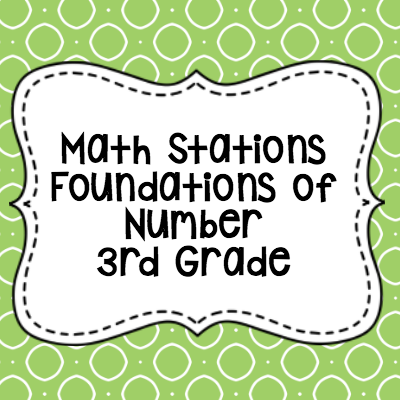
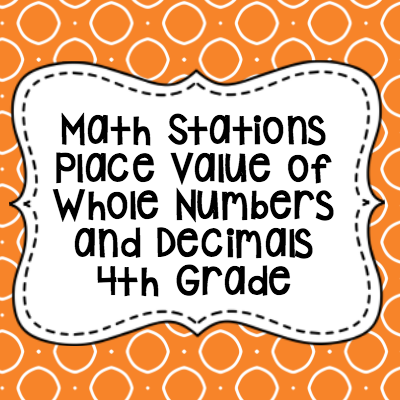


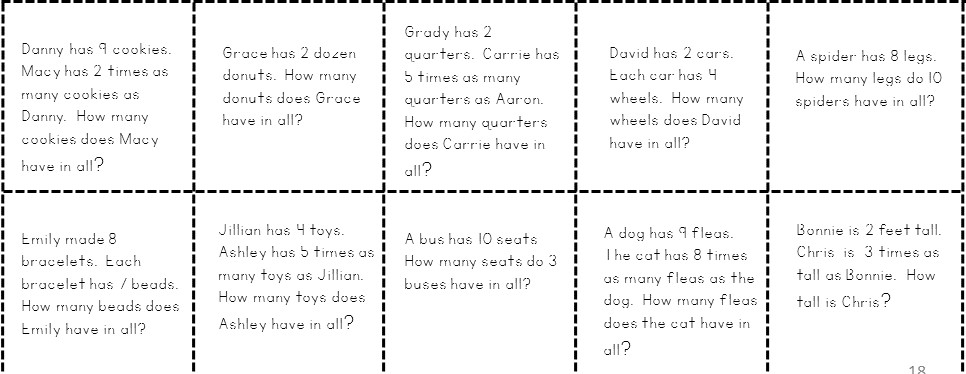
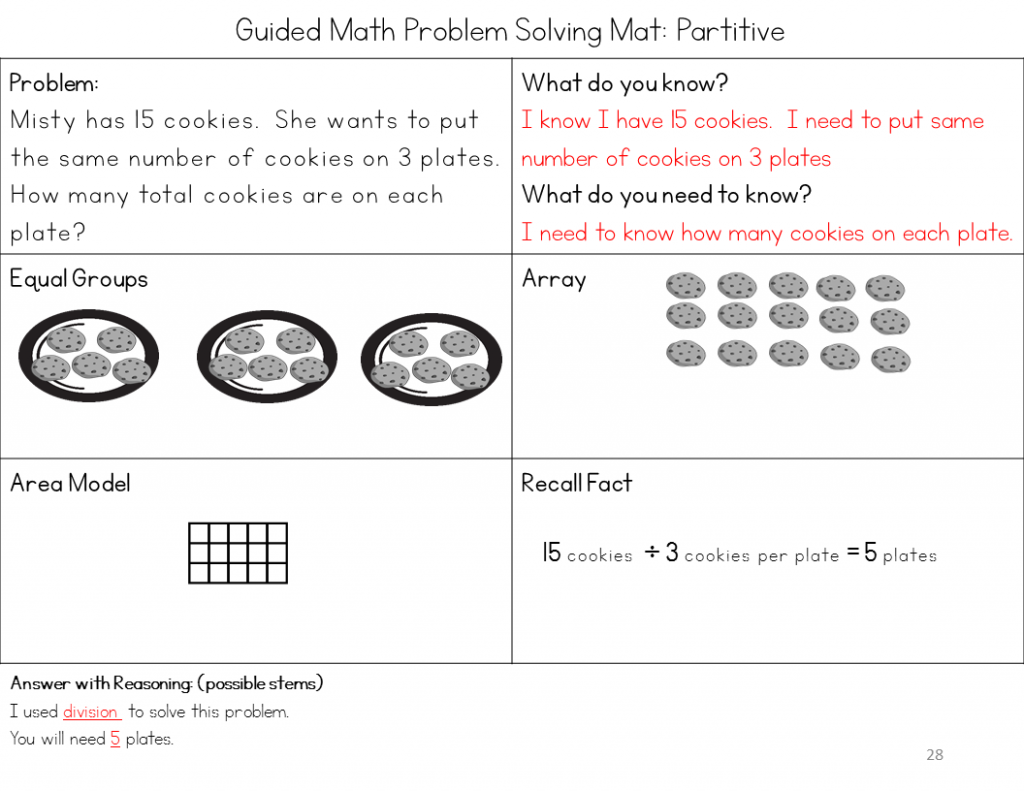 The next type is a comparison problem. This one is difficult. The strip diagram is essential to solve comparisons with multiplication. Teach it to them now if you have not already! The problem solving mat looks like this:
The next type is a comparison problem. This one is difficult. The strip diagram is essential to solve comparisons with multiplication. Teach it to them now if you have not already! The problem solving mat looks like this:

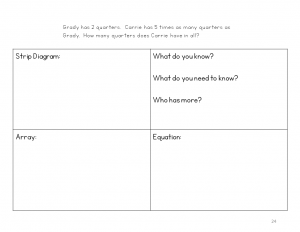
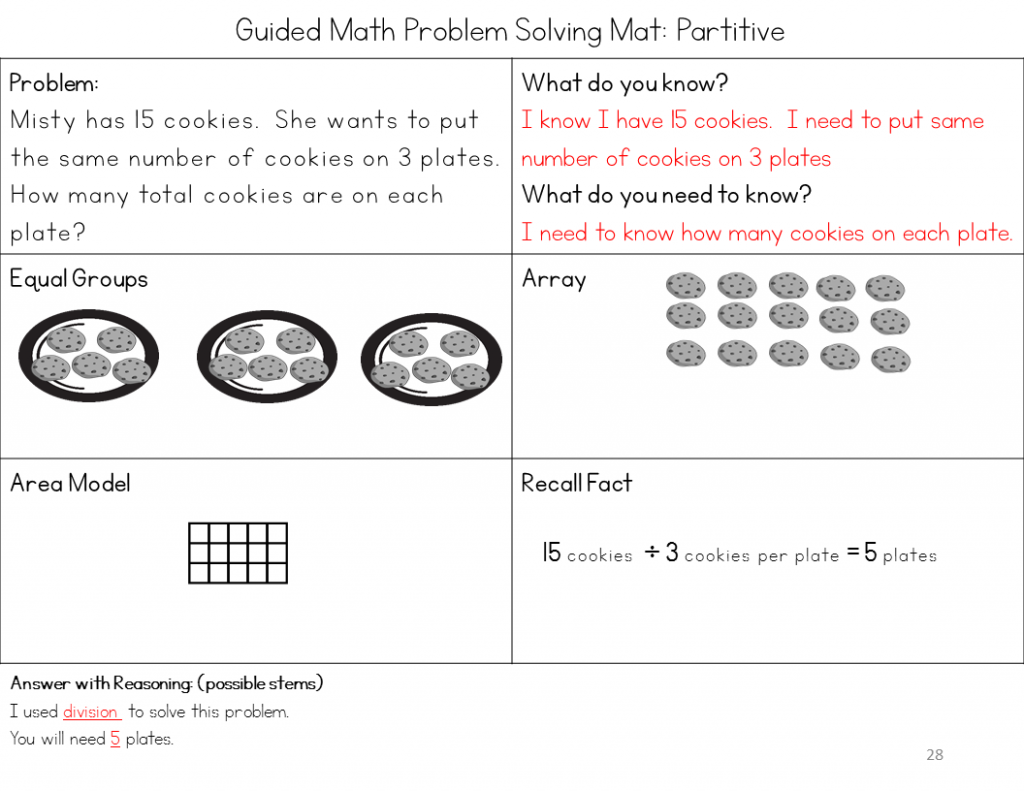 Measurement is tricky – you don’t know how many groups you will need. Kids have 15 cookies in their hands and are unsure how to start grouping them. Start by putting 3 cookies in a group, then make another group until you are out of cookies. Talk and talk some more! Look at the other strategies – array, area model, and repeated subtraction! Show repeated subtraction last because it is the easiest and you want them to try to visualize equal groups first.
Measurement is tricky – you don’t know how many groups you will need. Kids have 15 cookies in their hands and are unsure how to start grouping them. Start by putting 3 cookies in a group, then make another group until you are out of cookies. Talk and talk some more! Look at the other strategies – array, area model, and repeated subtraction! Show repeated subtraction last because it is the easiest and you want them to try to visualize equal groups first.
